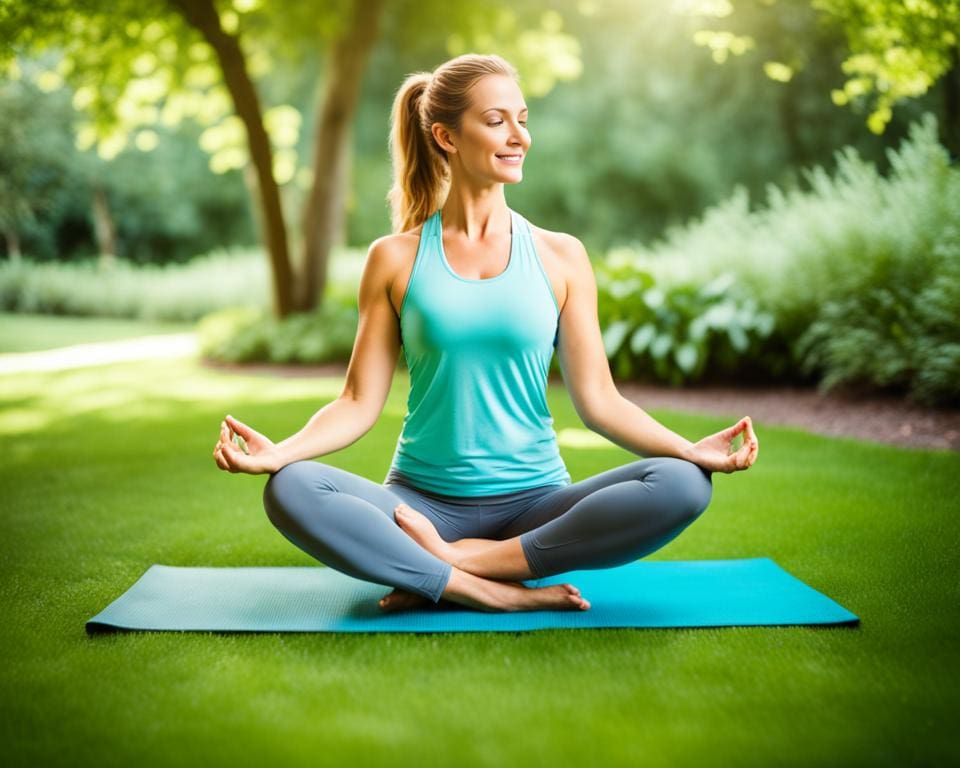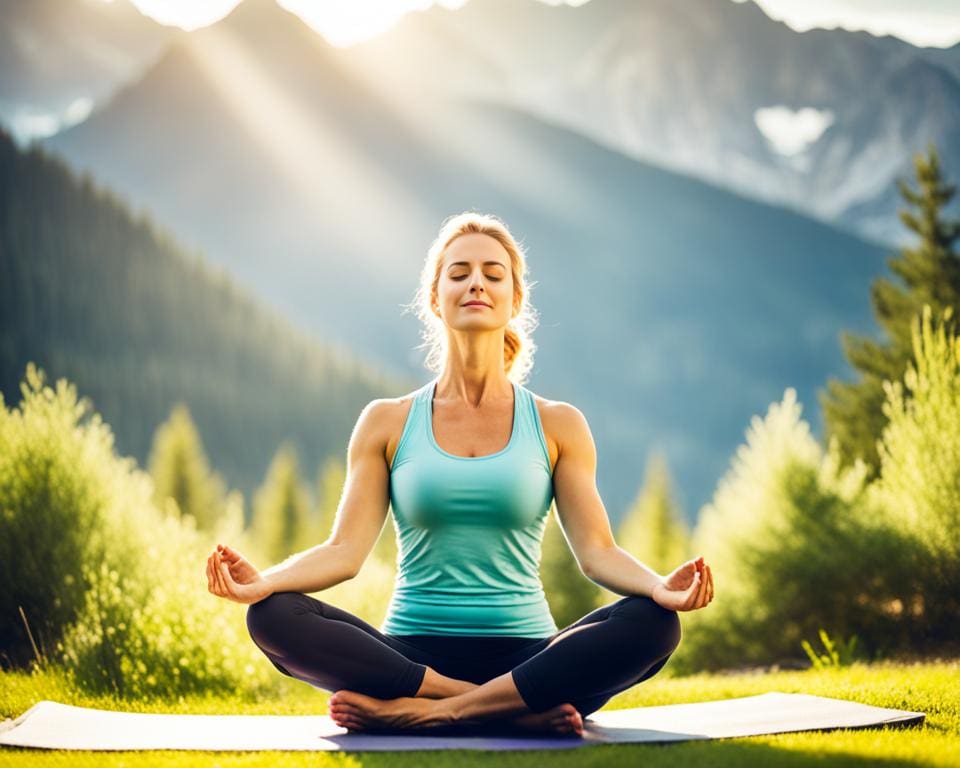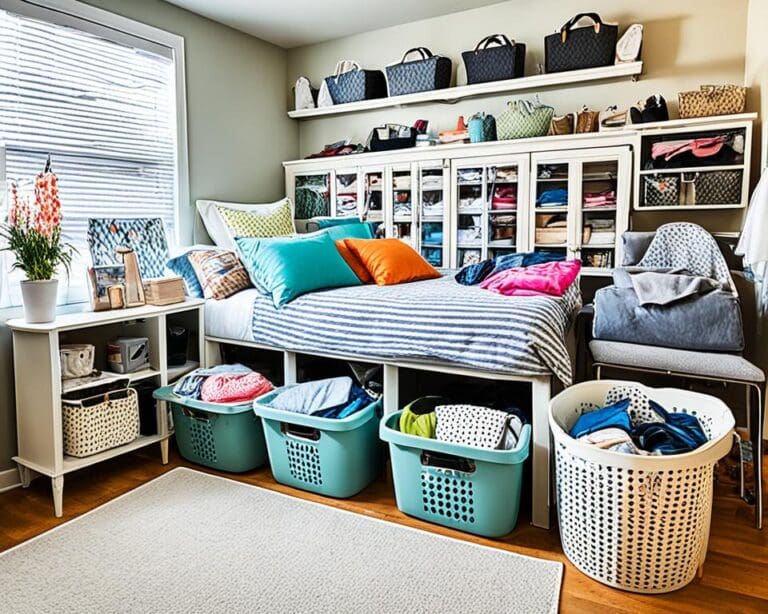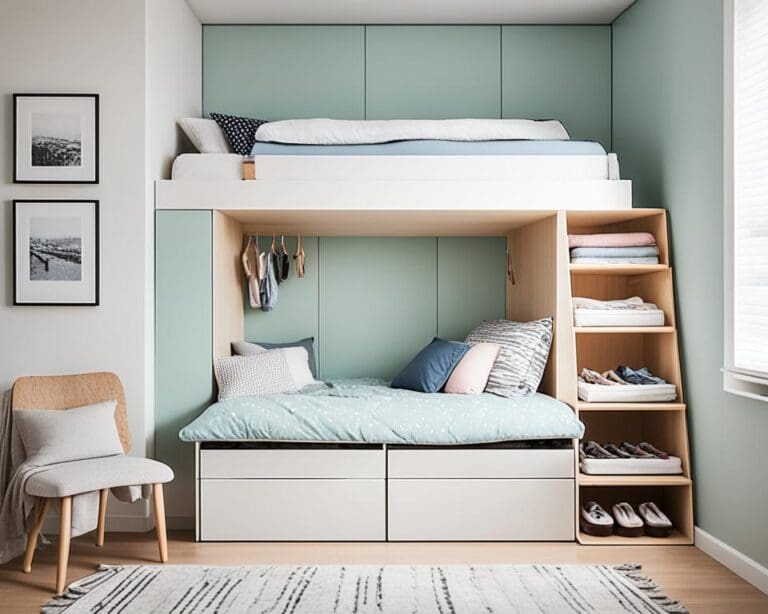Yoga has changed the lives of millions around the world. It leads to a happier, healthier, and more fulfilling life. This guide is made for all, no matter your fitness level or how bendy you are. “Yoga” comes from a Sanskrit word meaning “union.” It shows the connection between mind, body, and spirit. Many are drawn to yoga for physical health, but it’s also about mental health, breath control, and meditation.
Starting a yoga journey might feel scary, but you don’t have to be flexible from the start. That comes with time. Yoga offers many benefits for new practitioners, like better sleep, less stress, and living in the moment. We’ll cover basic yoga terms, key poses for beginners, and how to make a yoga-friendly space at home.
Understanding Yoga: What You Need to Know
Yoga is more than just poses. It connects the body, mind, and spirit. This idea comes from ancient teachings. By learning yoga basics, anyone starting or already into yoga can grow.
Definition of Yoga
Yoga means “union” in Sanskrit. It brings together different parts of ourselves. Yoga is a full journey. It brings physical health, mind peace, and good habits together. It’s about more than just physical fitness.
Health Benefits of Yoga
Yoga has many health perks. It makes you more flexible and strong. It can also ease chronic pain like backaches. Yoga cuts down stress and helps you sleep better. It’s good for your heart and reduces inflammation. For newcomers, these benefits are a great motivation.
Common Yoga Terms
Knowing yoga terms is key. Here are some:
- Asana – the physical poses.
- Pranayama – controlling your breath.
- Savasana – a rest pose for total relaxation.
Learning terms like Hatha or Vinyasa helps find the right class. Knowing these words enriches your yoga time.

The Beginner’s Guide to Starting a Yoga Practice
Starting your yoga journey opens up many paths for growth and well-being. It’s key to find the yoga type that matches your goals. Many styles exist, from gentle to intense. Knowing the differences helps find the right classes and environments for you.
Choosing the Right Type of Yoga
Beginners often start with gentle yoga, like Hatha and Restorative. These forms focus on basic principles such as breathing and awareness. For a more active session, try Vinyasa or Ashtanga. Think about what you enjoy and your fitness aims when picking a class.
Basic Yoga Poses for Beginners
Learning basic poses is crucial for a strong yoga foundation. Begin with poses like Mountain Pose, Cat Pose, and Cobra Pose. These help with grounding, alignment, and core strength. Starting with these poses builds awareness and the right form for moving into harder poses later on.
Essential Tips for Beginner Yogis
Starting your yoga journey may seem daunting at first. There are some key tips that can make beginning yoga easier and more enjoyable. These tips aim to increase your ease and confidence during practice.
Getting Comfortable with Stillness
For many starting out, finding peace in stillness can be hard. But it’s an essential part of a rewarding yoga practice. By bringing mindfulness into everyday tasks, you can ease into stillness more naturally. Let yourself notice your thoughts, but don’t judge them.
This helps connect you deeper to your breath and body. Each time you practice, you get a chance to build a more peaceful mind.
Breath Awareness
Paying attention to your breath can transform your yoga. Try to notice your breathing during daily tasks and while doing yoga. This can help lower stress levels and boost your focus.
In all yoga styles, combining breath with movement is vital. Exploring different breathing techniques can enhance relaxation and concentration. This not only helps in yoga but in daily life as well.
Creating Your Yoga Environment: Yoga Essentials
Creating the perfect yoga space is key. Whether it’s a quiet spot at home or outside, some items are must-haves. A top-notch, non-slip yoga mat is vital. It gives the support and padding you need for safe poses. Add comfortable clothing to your yoga kit for easy movement and outdoor comfort.
Start simple with the essentials. Yoga blocks and straps are great as you progress. If doing yoga outside, check the weather to dress right and enjoy it. Begin with sun salutations to warm up and match your spirit with nature’s calm.
A space without distractions aids your yoga journey. Being fully present, indoors or out, improves your practice. You become more in tune with your breath and movements. Trying new poses makes your experience richer, leading to peace during savasana. Your yoga essentials nurture not just your body, but also your soul, in the now.









